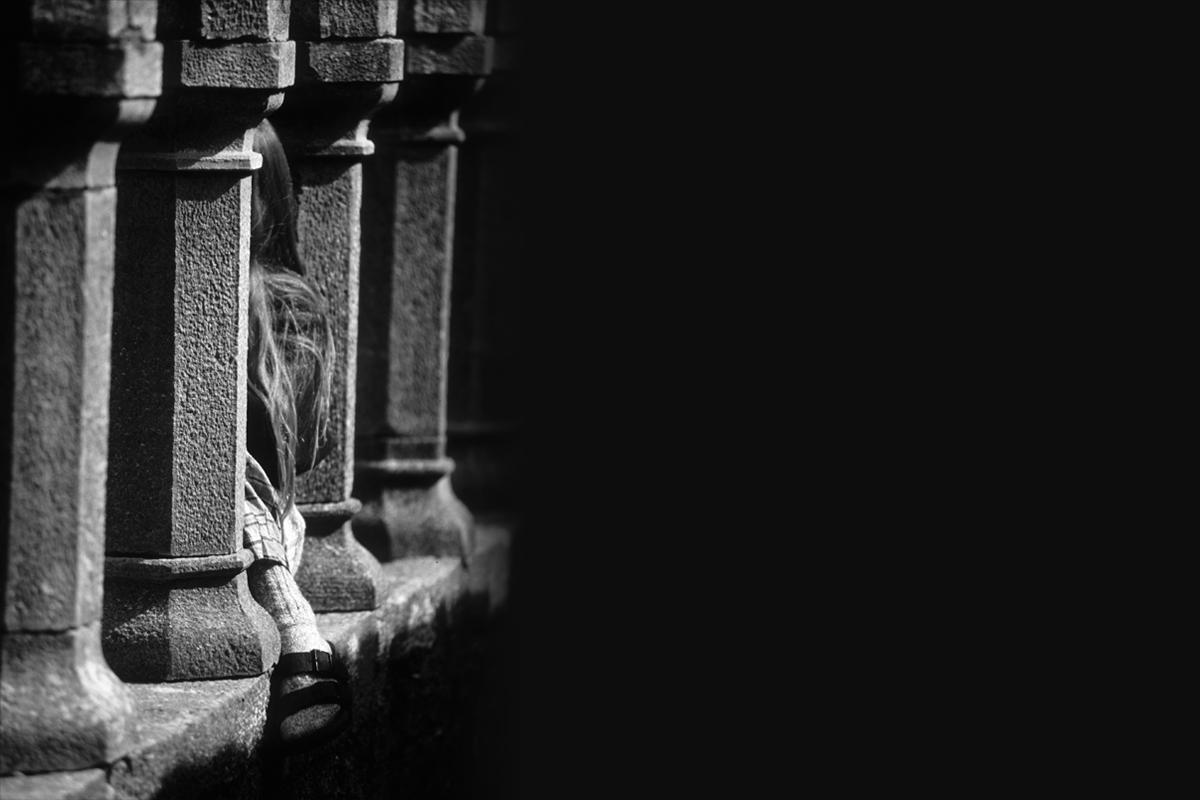 |
"Building" an image is always an act of "transformation". And in photography too, as with any expression of strength or meaning, conveys relationships that accompany moments in the evolution of the history of mankind. It summons up the language of the spirit as well as that of the more superficial consumerism; it narrates and denounces, a rationale that at times, in its multiplicity of points of view, seems to favour de-structured and fragmented language.
Every image by Giovanni Padroni is above all an “encounter”, with engrossing “readings”, “representations” that often break with tradition or are “informal”, “fresh interpretations”… a need to delve more and more deeply into a well-loved reality that still awakes his curiosity and desire for spiritual fulfillment, a need for the absolute. He tries to communicate what the technician and specialists often miss – the miracle of things, their innermost essence - and bring to light what is invisible. A visionary’s gaze, a metaphor for reality.
To Padroni, among “strong” signs and symbols are people’s emotions, voices and their even more eloquent silences. Nature that expresses itself now in water, now in flowers, plants, wood, earth and rocks. These signs and symbols can become “dreams”, balanced on the edge of a yearned-for reality. He is fascinated by the possibility of transforming what is “banal” through photography by simply “seeing” it, because he is convinced that Nature expresses herself with simplicity and that poetry is hidden everywhere. Rather like Cartier Bresson, he is convinced that photography is the fusion of a moment’s emotion and geometry.
And perhaps photography, in the instant of the click of a shutter, really can work the miracle (so difficult in daily life) of stopping time and allowing us to “live the present”.
Padroni likes to say that we see nature first through the heart then through the eyes. So, if we are to take a photograph of anything, we should first feel love for it; before being frozen by chemical or electronic means the images take shape in a kaleidoscope of emotions and feelings. Because, to quote Kirkegaard, “when all is said and done, the instant is not an atom of time but an atom of eternity, its first attempt at stopping time” .
As with all manifestations of thought, photography is truly an exercise in philosophy and evidence of an underlying insuppressible fund of hidden complexity, it can be the allegorical language of the spirit and move away from mere explicative and reductive denotations.
Padroni agrees with Antoine de Saint Exupery when he says that we should not learn to write but to see. Writing would then be merely a consequence. The path that leads from the true to the imaginary can bring us closer to the supreme Beauty of Nature “read” even in the daily details that press around us, often without coming to our notice.
In the words of a character of Jorge Luis Borges’ “to see something you have to understand it”. And Picasso too: “I do not paint what I see, I paint what I know”. And photography and images in general have the ability to tell of new forms of knowledge that are continuously being discovered. The camera becomes a powerful instrument for exploration; it assists the opening of the way for research. To take a photograph is a way of knowing more about someone or something and also - perhaps above all - about oneself.
Nature, like all works of art, charms, fascinates, involves us, with a splendour that carries us away. The form, whether a "figure" or a “symbol” becomes "visible" because of the beauty it radiates. The bodily and the spiritual come together in one whole. Art and culture, ideal forces that grow with the action of the heart, are values essential for the full development of the person and of civilizations. Because, as the Romantic poet John Keats wrote: “Beauty is Truth and Truth Beauty”.
